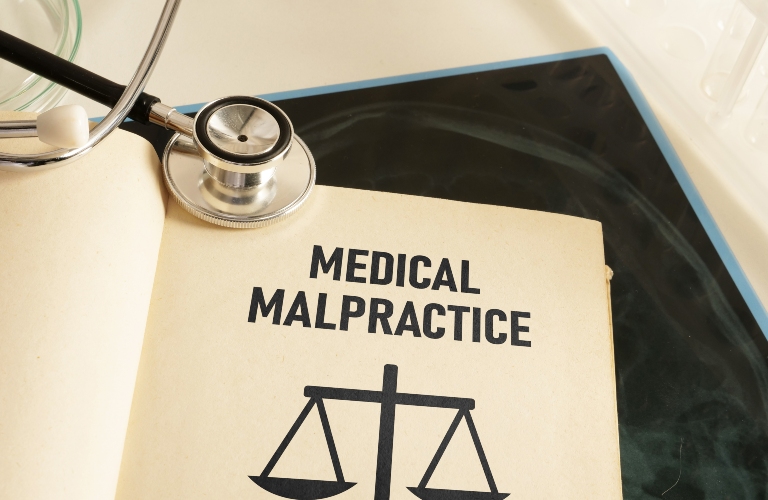A healthcare provider’s failure to render treatment that complies with the applicable standard of care in a patient’s case can lead to medical malpractice if the patient suffers injuries or complications from the care. However, some forms of medical malpractice occur more frequently than others. Some of the most common types of medical negligence in New York include:
Misdiagnosis or Delayed Diagnosis
A misdiagnosis or delayed correct diagnosis of a patient’s condition can have significant consequences for the patient, as they may not receive timely treatment. Examples of commonly misdiagnosed medical conditions include cancer, heart attack/stroke, and autoimmune diseases. Many medical treatments have a limited window in which they can treat medical conditions effectively. A misdiagnosis or delayed diagnosis may allow a medical condition to progress to a more advanced stage, making some treatments less effective or ineffective and requiring a patient to pursue more intensive, more expensive, or less effective treatments.
Surgical Errors
Surgical teams may make various mistakes that can severely injure patients, such as:
- Wrong patient error (performing a procedure on the wrong patient)
- Wrong site error (performing a procedure on the wrong part of the body)
- Leaving surgical equipment or materials inside the patient
- Failure to prepare for complications, including not having other equipment or specialists on call
Surgical errors can have devastating consequences for patients, including permanent injuries/scarring, loss of healthy body parts or bodily functions, chronic pain, or life-threatening infections.
Anesthesia Errors
An anesthesiologist or anesthesia team performs several roles during a surgical or invasive medical procedure. In addition to administering anesthesia, the anesthesia team monitors the patient’s condition during the surgery/procedure to inform the rest of the medical team of signs of complications or patient distress. Common examples of anesthesia errors include:
- Administering contraindicated anesthesia, such as an anesthetic the patient has an allergy to or one that has adverse interactions with the patient’s other medications
- Administering too much/too little anesthesia by miscalculating the dosage or not administering more during an extended procedure, which can cause the patient to wake up during the procedure or go into arrest
- Failing to monitor the patient’s condition for signs of complications or distress
- Failing to communicate changes in the patient’s condition to the rest of the medical team
Medication Errors
Medication errors involve mistakes with the prescribing or administration of medication. Common types of medication errors include:
- Prescribing a contraindicated medication (e.g., allergies, other drug interactions, adverse complications due to underlying medical conditions)
- Miscalculating the medication dosage based on the patient’s height, weight, age, sex, or other physical/medical characteristics
- Incorrectly filling a prescription due to misinterpretation of the prescribing provider’s instructions
- Administering medication to the wrong patient
- Missing medication doses or double-dosing
Birth Injuries
Birth injuries include physical injuries or medical complications that a newborn or mother may suffer during pregnancy or childbirth. Birth injuries can occur due to negligent or reckless decisions or actions by treating healthcare providers. Examples of birth injuries that newborns may suffer include:

- Broken bones
- Traumatic brain injuries
- Hypoxic ischemic encephalopathy
- Erb’s palsy
- Brachial plexus injuries
- Cerebral palsy
- Jaundice
Examples of birth injuries sustained by mothers include:
- Placental abruption
- Uterine rupture
- Pelvic floor prolapse
- Vaginal/perineal tearing
- Post-partum hemorrhage
Hospital-Acquired Infections
Patients who go into the hospital for invasive procedures or extended in-patient care may develop hospital-acquired infections due to inadequate sterilization of medical equipment or inadequate sanitation practices, which can cause viruses and bacteria to spread to patients who may have weakened immune systems due to underlying medical problems.
Contact a Medical Malpractice Attorney Today
When you’ve suffered injuries or complications due to substandard medical care in New York, you may have the right to seek financial compensation and justice through a medical malpractice claim. Contact McCann Legal, PC, today for a free, no-obligation consultation with a medical malpractice attorney to discuss your legal options for relief for your medical bills, lost earning capacity, or pain and suffering.


